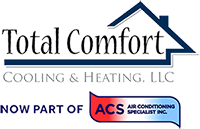Over $250 million is spent each year on air purifiers in the United States. Most people who buy air purifiers suffer from allergies and asthma. Other people just want to improve the air quality in their home. So how do air purifiers work and what are the different kinds?
Filters
Air filters are the most commonly used air purifiers. Most home’s incorporate air filters in their heating and cooling systems. The air filter cartridge is placed between the furnace and the return air duct. It filters all the air coming from the furnace and prevents the build up of dust and dirt. Air filters can also be placed in the air return vents of any room in the house. Filters are typically made from foam, synthetic fibers, cotton or fiberglass. Filters catch particles and limit the number of particles that pass through it, depending on the size of the filter’s gaps and what material it is made from.
Ionizing Purifiers
Ionizing purifiers use a discharge to created charged molecules in the air call ions. The vast majority of atoms in the air have a neutral charge (same number of positive charged protons and negative charged electrons). An Ionizing purifier will create a small and intense electrical field that gives molecules passing through it an additional electron. The molecules that pass through it will either get a negative or positive charge. The purifier has two metal plates that are charged (one is positive, the other is negative) to attract and catch the newly charged particles.
Other Types of Air Purifiers
- High Efficiency Particulate Air (HEPA)
- Ultra-Low Penetration Air (ULPA)
- Ozone Generators
- Adsorbents
- UV Light




